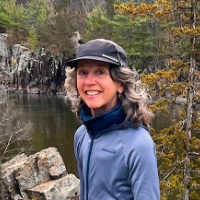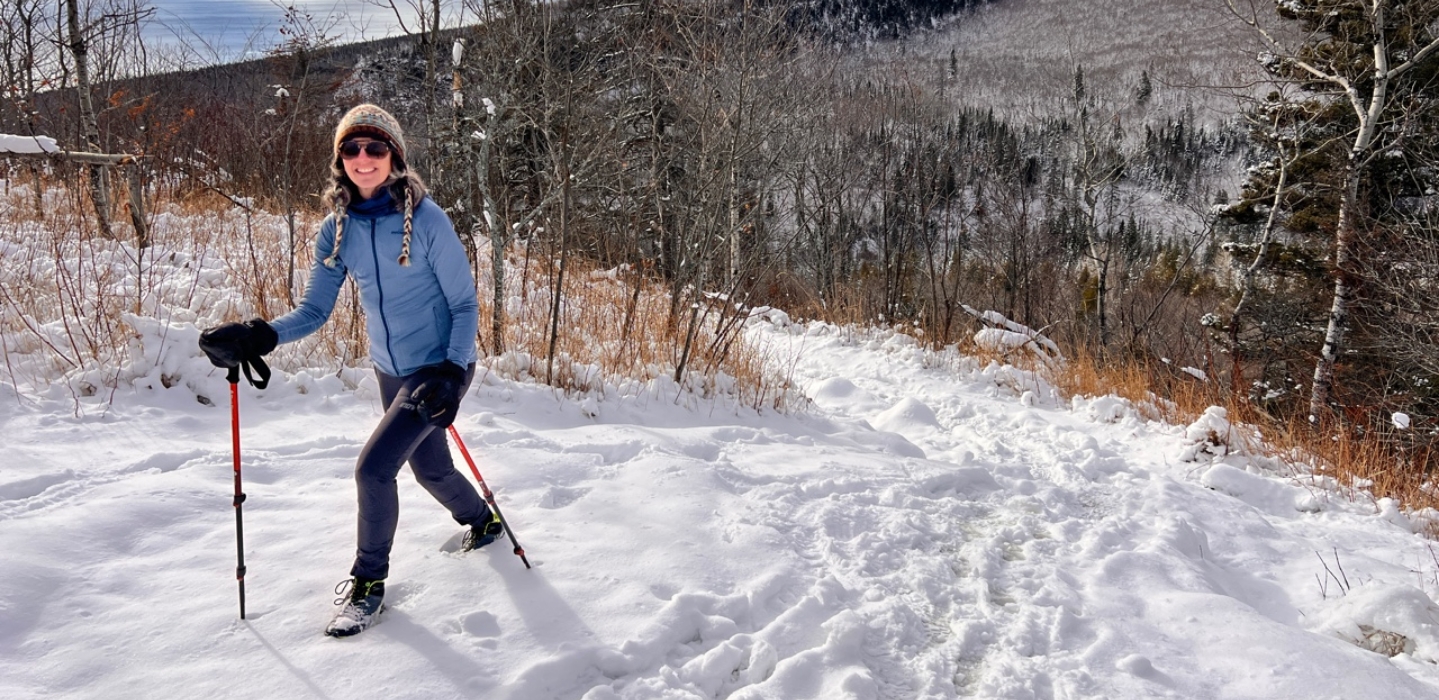
The American environmentalist John Muir famously hated the word ‘hike.’
“I don't like either the word or the thing. People ought to saunter in the mountains - not ‘hike!'"
Hardly a ringing endorsement for backpacking, fast-packing, trail-running or ultra-running.
But Muir makes a point that it’s the way we encounter the outdoors that matters, and that speed itself makes a difference in how we absorb the beautiful places where we like to put our feet.
Muir goes on in that quote to compare walking through beautiful landscapes to spiritual pilgrimages. In fact, the word saunter comes from the French ‘à la saint terre” meaning ‘to the holy land.”
The idea is that we hikers – I mean, “saunterers” – are not just crushing miles, but traveling through somewhere extraordinary and it should be approached with reverence.
So many nature writers echo this sentiment. Edward Abbey wrote, “Life is already too short to waste on speed.” Henry David Thoreau, who incidentally also loved the word “saunter,” believed that walking has “nothing in it akin to taking exercise…but is itself the enterprise and adventure of the day.”
Much of this thinking resonates with me. I’m a middle-aged walker with two titanium hips. I may have one ultramarathon (the Fellsman) under my belt, but my running days are quickly becoming a part of my past.
Perhaps it’s all part of the aging process to accept that we slow down, focusing less on the conquering and more on the savoring.
But what does the science tell us about taking our time while moving our body forward?
Most of us, at one time or another, have taken a problem to the trail, “walking off” one obstacle or another and discovering solutions along the way. Case in point, as I sit here writing at my desk getting stuck on what to say next, I lace up my shoes and go outside to stir up that creative spirit and maybe capture my muse.
In a recent study, researchers have discovered that the act of walking activates thinking. Scientists call it “impact-related retrograde.” It’s defined as “backward-flowing waves through the arteries that sync with the heart-rate and stride-rate to dynamically regulate blood circulation to the brain.”
In other words, the foot strikes the ground sending minute pulses through the blood to the brain in time with our step. Walking – and running – quite literally massage our thoughts.
But here’s where the real fun begins. Another study shows that moving more slowly, essentially sauntering, is precisely the right tempo required for those desired Eureka! moments.
This was proven by Nobel-prize winning scientist Daniel Kahneman who writes about the phenomenon in his book, “Thinking Fast and Slow.” His research revealed what most of us already know, at least intuitively, that fast power-walkers and runners work the cardio-vascular system while people moving at a slower pace, where they aren’t necessarily out of breath, are rewarded with heightened activation in the creative centers of their brains.
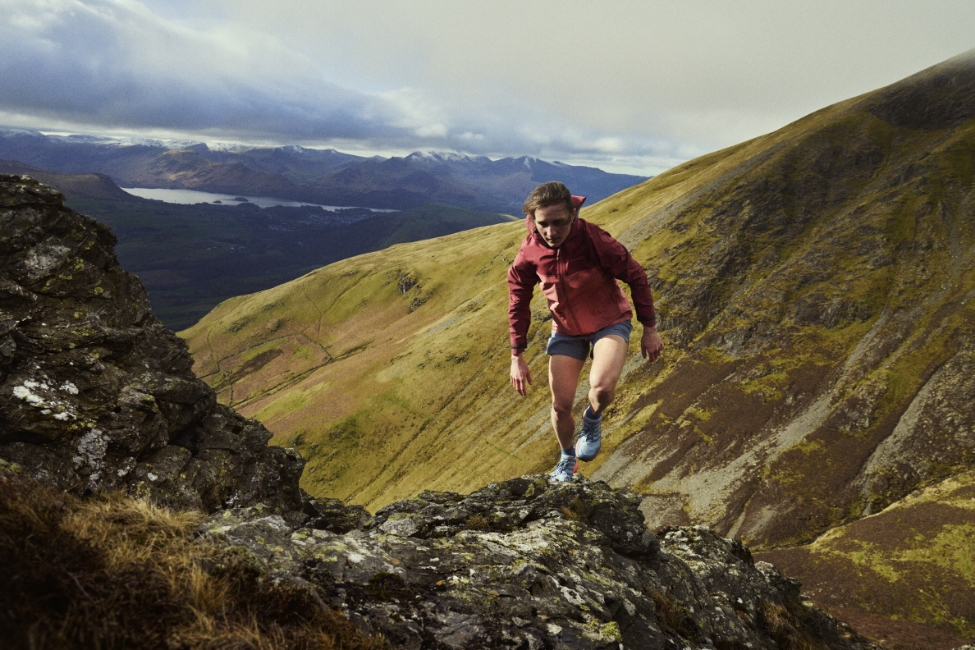
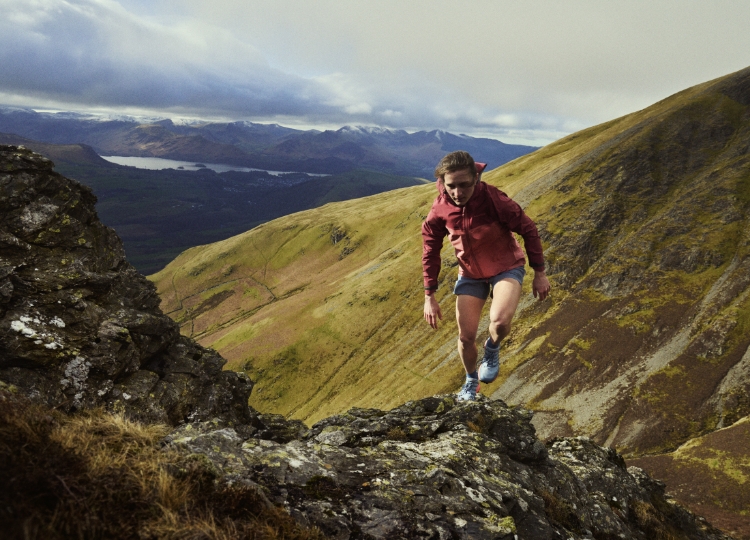
Further research shows that sauntering is akin to wandering. As our bodies wander, so do our minds. On a walk, our brain waves slow down and quiet the the interruptive noise of the day. This allows for what scientists call “spontaneous cognitive fluctuations” to occur, moments where we make free associations seemingly out of nowhere, connecting the dots that solve a problem or experiencing a glorious moment of inspiration.
Muir’s point seems to be about slowing us down so we can engage more fully in our surroundings and take them in as an almost religious experience. But creatives – like Beethoven, Wordsworth, Einstein, Maya Angelou, Ben Franklin, Aristotle, the list goes on – intentionally used walking to harness their creative energy and get jumbled thoughts out of their minds and onto the page.
One of the most curious walkers of all was the composer, Erik Satie. You likely know his most famous piece, a slow and almost aimless miniature for solo piano that is the epitome of sauntering and wandering.
Satie lived six miles from Paris ’Montmartre district in Paris. He’d take a train there to set up his “office” in a local café where he’d commune with the leading artists of the day.
The twist was that he would purposely stay out so late that he would miss the last train and be forced to walk all those miles back home at night. Although the streets were dark and empty, maybe even a bit dangerous, he apparently never rushed, and was said to take in whatever appeared before him with deep interest.
I can’t exactly picture Satie or any of those creatives dressed in trainers and running tights, but the common thread is that they made a ritual. Certainly they wanted a modicum of physical training, but mostly walking served as a way to work out problems, harness their ideas, and maybe even take a mini quasi-Muir pilgrimage.
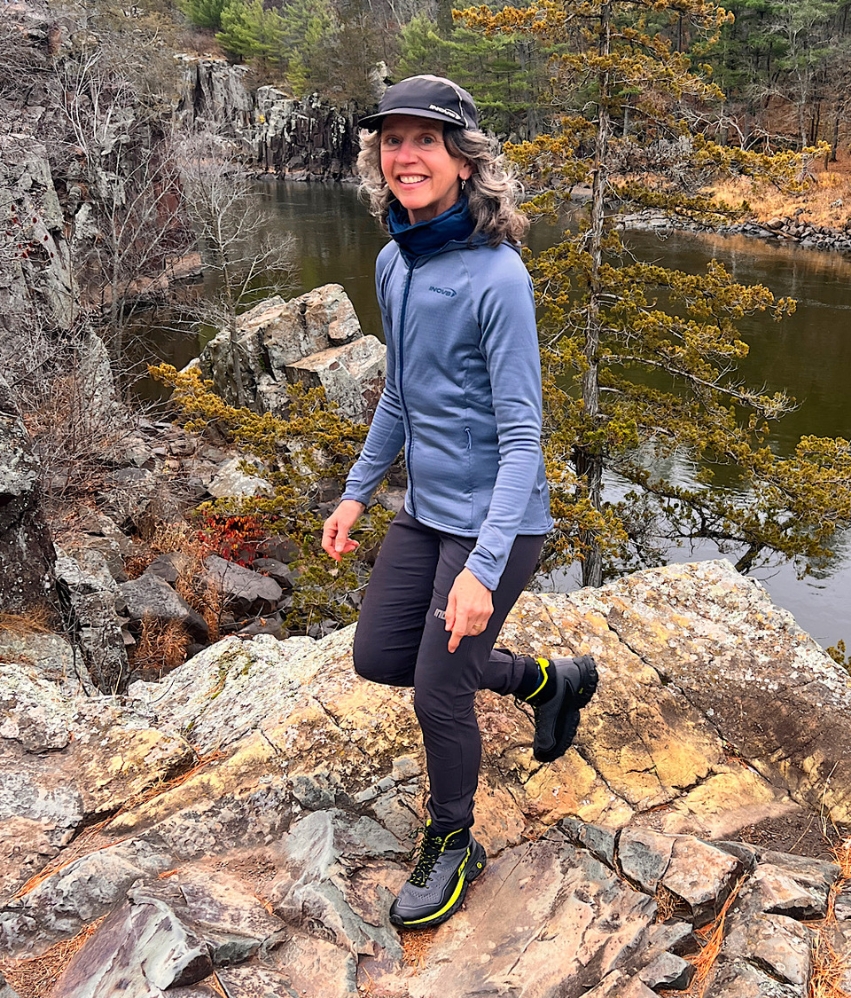
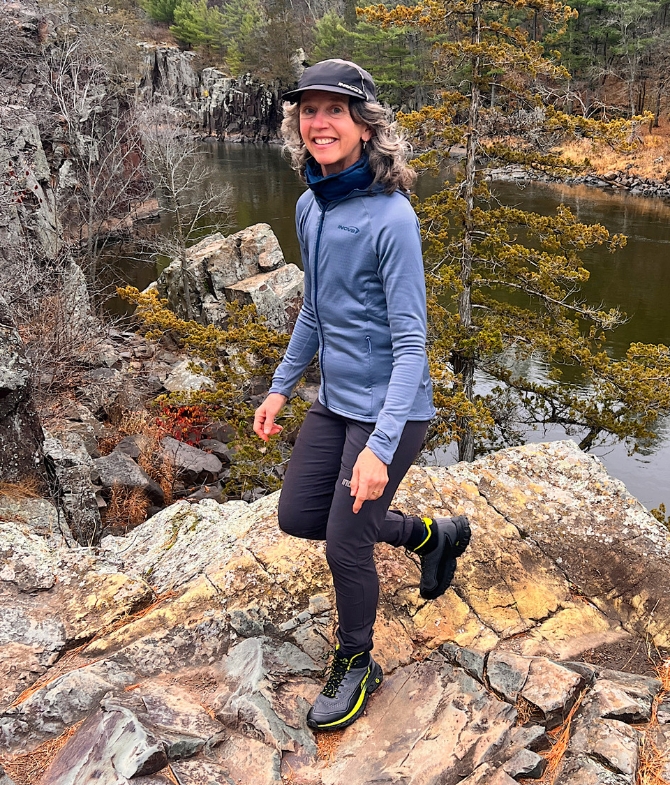
A few years back, I walked the Traverse of the Alps portion of the GR5. Somewhere along the way, I was accosted by an French hiker who teased me about my slow pace.
He named me La Tortue, the tortoise, to his, I presumed, hare. I ditched him the first chance I got and took a side trail to a miraculous hidden lake with an astonishing view. I was elated to be all by myself here, taking the spear because I really had nowhere to rush to.
Physiologists have a term for the feeling of bliss we feel moving at a turtle’s pace. They call it "persistence high.” It’s a state of euphoria when the biochemicals called endocannabinoids are released during movement. And yes, we seem to get to that state when moving at a moderate pace, and not full out.
It turns out, speed matters – or maybe I should say lack of speed matters!
At 60, I am still moving forward, taking on new trails in new mountain ranges. I have my fair share of hard days “crushing miles” and big goals that take a lot of energy, fitness and frankly, hours, to achieve. So perhaps being a purist like Muir is not really in the cards for me.
But by embracing the wisdom and science behind the power of slowing down, my mindset on rail shifts from “I gotta get there” to “I need to be here.”
